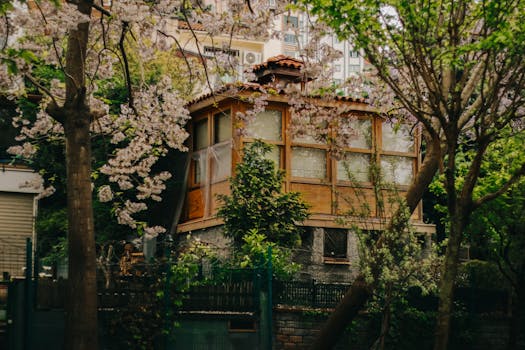
Urban Green Spaces: The Future of Outdoor Living in European Cities by 2025
Urban Green Spaces are becoming increasingly important in European cities, and their significance will only continue to grow by 2025. As the world becomes more urbanized, the need for green spaces in cities is becoming more pressing. These spaces provide a range of benefits, from improving air quality and mitigating the urban heat island effect to promoting physical activity and mental well-being.
Introduction to Urban Green Spaces
Urban green spaces refer to any area of vegetation in an urban environment, including parks, gardens, green roofs, and green walls. These spaces can be found in a variety of locations, from residential areas to commercial districts. They are an essential component of urban planning, as they provide numerous benefits to both the environment and the people who live and work in the city.
Benefits of Urban Green Spaces
Urban green spaces offer a wide range of benefits, including:
- Improved air quality: Vegetation in urban green spaces helps to remove pollutants from the air, improving the overall air quality in the city.
- Mitigation of the urban heat island effect: The urban heat island effect occurs when built-up areas absorb and retain heat, leading to higher temperatures in urban areas. Urban green spaces can help to mitigate this effect by providing shade and cooling the air through evapotranspiration.
- Promotion of physical activity: Urban green spaces provide opportunities for physical activity, such as walking, cycling, and sports, which can help to improve physical health and reduce the risk of chronic diseases.
- Improved mental health and well-being: Spending time in urban green spaces has been shown to have a positive impact on mental health and well-being, reducing stress and anxiety and improving mood.
Current State of Urban Green Spaces in European Cities
European cities are taking steps to increase the amount of urban green spaces, with many cities setting targets to increase their green space coverage. For example, the city of Copenhagen aims to be carbon neutral by 2025, and is investing heavily in green infrastructure, including parks, green roofs, and green walls.
Future of Urban Green Spaces in European Cities by 2025
By 2025, urban green spaces will play an even more critical role in European cities. As the population of European cities continues to grow, the need for green spaces will become more pressing. Cities will need to find innovative ways to incorporate green spaces into their urban planning, such as using green roofs and walls, and creating green spaces in unexpected locations, such as on top of parking garages or under highways.
Conclusion
Urban Green Spaces are a vital component of European cities, providing numerous benefits to both the environment and the people who live and work in the city. As the world becomes more urbanized, the importance of these spaces will only continue to grow. By 2025, European cities will need to prioritize the creation and maintenance of urban green spaces, incorporating them into urban planning and finding innovative ways to increase their coverage.





